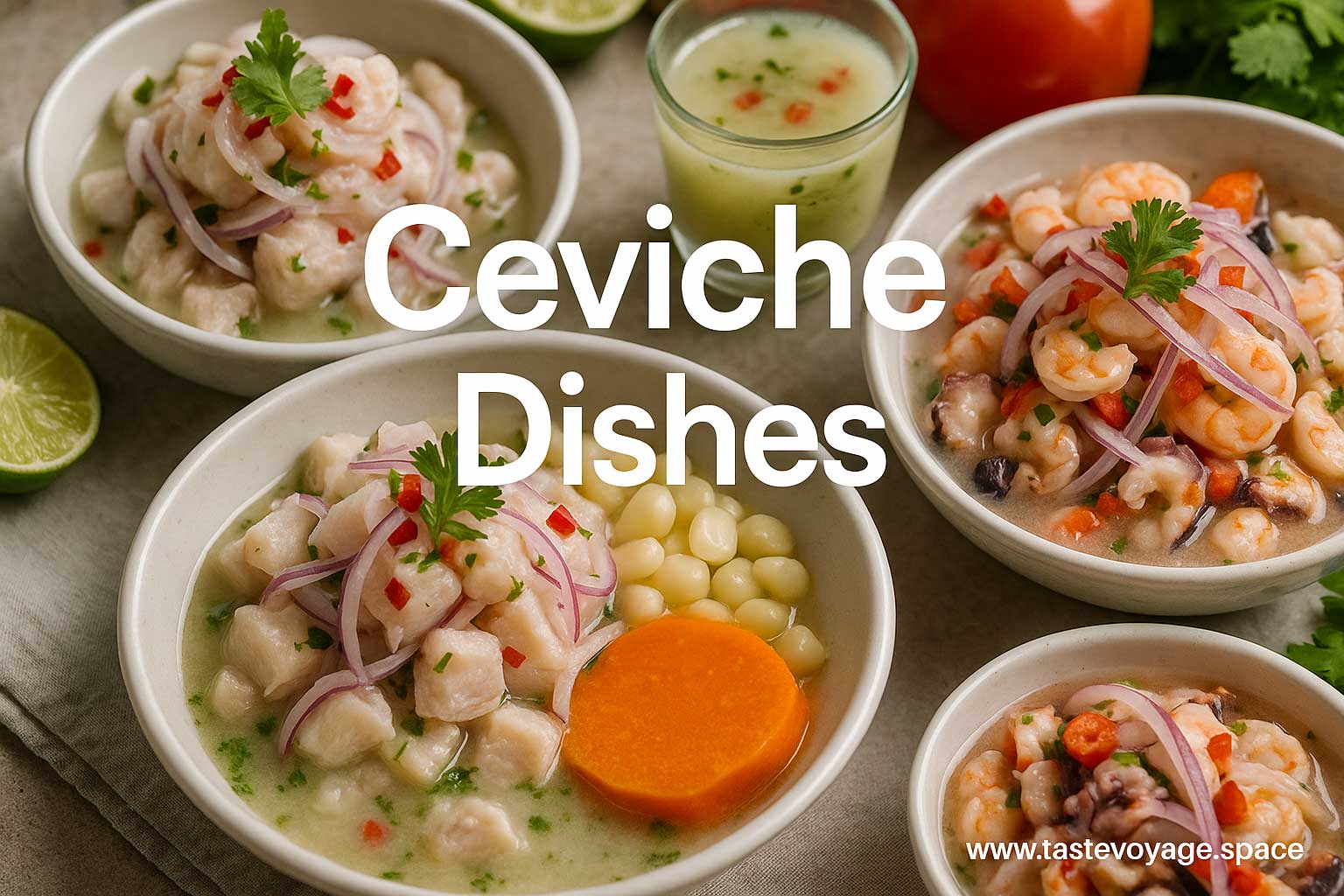Ceviche vs Poke: Which Fresh Fish Dish Wins?
Travel the World Through Food >> Ceviche Dishes>>Peruvian cuisine>> Ceviche vs Poke: Which Fresh Fish Dish Wins?
Ceviche vs Poke: Which Fresh Fish Dish Wins?
Exploring the Cultural and Culinary Significance of Ceviche and Poke
Food has the remarkable ability to connect us to different cultures and traditions. Among the many dishes celebrated worldwide, ceviche and poke stand out as vibrant representations of coastal culinary artistry. Although they share similarities—fresh seafood marinated in flavorful ingredients—each dish carries its own unique history, cultural significance, and culinary identity. In this article, we will explore the rich cultural value and culinary importance of ceviche and poke, highlighting what makes each dish special.
Origins and Cultural Roots
Ceviche, a dish deeply rooted in Latin American coastal regions, is renowned for its bright, tangy flavors. Its origins trace back centuries, with various countries like Peru, Ecuador, and Mexico claiming distinctive styles. Traditionally, ceviche features raw fish cured in citrus juices—primarily lime or lemon—and seasoned with herbs, onions, and chili peppers. Over time, ceviche has become a symbol of coastal cuisine, emphasizing fresh ingredients and simple preparation that highlight the natural flavors of seafood.
Poke, originating from the Hawaiian Islands, reflects the island’s rich oceanic culture. The word “poke” means “to slice or cut into pieces” in Hawaiian, describing the dish’s preparation style. Traditionally, poke includes diced raw fish—commonly tuna—marinated in a blend of soy sauce, sesame oil, and seaweed, often mixed with ingredients like onions, scallions, and sesame seeds. Poke embodies the flavors of Hawaii’s diverse cultural influences and its deep connection to the ocean.
Cultural Significance and Tradition
Ceviche holds a special place in Latin American coastal communities as a dish that celebrates freshness and simplicity. It often appears at gatherings, festivals, and family meals, serving as a symbol of local abundance and culinary craftsmanship. The preparation of ceviche often involves traditional methods passed down through generations, emphasizing the importance of sustainable seafood practices and respect for nature’s bounty.
Similarly, poke is more than just a dish; it’s an expression of Hawaiian identity and social life. Traditionally, poke bowls were shared among friends and family, fostering community bonds. The dish’s versatility allows for various regional adaptations, reflecting Hawaii’s multicultural makeup—including influences from Japan, China, and Southeast Asia. Poke is a testament to Hawaii’s openness to blending flavors and creating a dish that is both accessible and deeply rooted in local tradition.
Culinary Significance and Flavor Profiles
Both ceviche and poke are celebrated for their fresh, vibrant flavors. Ceviche’s tangy profile comes from citrus marination, which “cooks” the seafood without heat. This process highlights the purity of the fish and enhances its natural taste with zesty, spicy, and aromatic elements. The dish’s simplicity ensures that each ingredient plays a vital role, making it a refreshing choice for warm climates or special gatherings.
Poke, on the other hand, offers a savory, umami-rich experience. The soy sauce and sesame oil add depth and complexity, complemented by the natural sweetness of fresh fish. Variations often include tropical fruits like mango or pineapple, adding a sweet contrast. The dish’s flexible nature allows for creative expression, making it a dynamic staple in Hawaiian cuisine and beyond.
The Global Appeal
Today, ceviche and poke enjoy worldwide popularity, each serving as ambassadors of their respective coastal cultures. Their appeal lies in their emphasis on fresh ingredients, simplicity, and flavor harmony. Chefs across the globe incorporate these dishes into diverse menus, often localizing flavors to suit regional tastes while preserving their core identities.
Both dishes exemplify how culinary traditions can evolve and adapt, embracing innovation without losing sight of their cultural roots. They inspire home cooks and Professional chefs alike to celebrate the bounty of the sea and the artistry of simple, fresh preparation.
Conclusion: A Celebration of Coastal Cuisine
Ceviche and poke are more than just delicious seafood dishes; they are cultural symbols that reflect the history, traditions, and identity of their respective regions. Their vibrant flavors and emphasis on freshness create a sensory experience that connects us to the ocean and the communities that cherish it. Whether enjoyed as a refreshing appetizer or a hearty main, ceviche and poke remind us of the beauty found in coastal culinary heritage. Exploring these dishes offers a taste of their rich cultural stories—an invitation to appreciate the diversity and richness of our shared culinary world.
